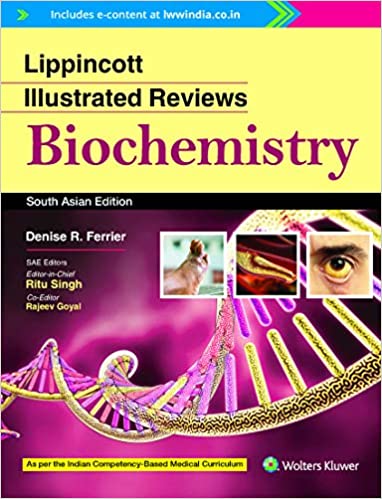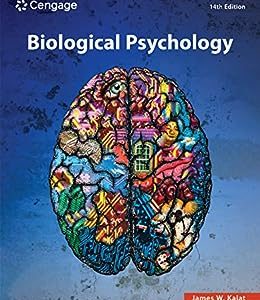Description
Lippincott’s Illustrated Reviews Biochemistry (SAE)-ORIGINAL PDF addresses the very real needs of anundergraduate medical student—to be able to understand the conceptsof biochemistry in a rational and logical way so that it can be easilyremembered and applied in his/her very responsible future role as aprimary healthcare physician. Alignment with CBME Covers all competencies of Medical Council of India’s Competency-Based Undergraduate Curriculum for Biochemistry (Vol 1, MCI-CBME curriculum). Includes all Biochemistry areas required for vertical and horizontal integration with other subjects in all phases of MBBS as mentioned inMCI-CBME curriculum (Vol. 1–3). To cover all the competencies, three New Units have been added.These include chapters on (1) Cell membranes, (2) Subcellularcomponents, (3) Regulation of blood pH, (4) Arterial blood gases, (5)Electrolyte imbalance, (6) Cancers, (7) Xenobiotics, (8) Oxidativestress, (9) Heme synthesis and catabolism, (10) Organ function tests,(11) Immune system and immune cells, (12) Antigen and antibody,(13) Innate and adaptive immunity, (14) Cellular and humoralimmunity and (15) Vaccines. Key Features Each Unit begins with a list of MCI-CBME competencies followed by aUnit Overview to facilitate comprehension for the learner to avoidmissing “the forest for the trees.” Learning Objectives have been specified at the beginning of eachchapter. Content of all chapters has been thoroughly reviewed and updatedfor recent knowledge, clarity of concepts, clinical correlation andpractical utility of the knowledge gained. Blue Boxes integrated throughout chapters reflect clinical relevanceof biochemical interactions. Medical Perspectives of each chapter is an important section addedjust before Chapter Summary. This is to guide the future doctors inunderstanding the application of the pertinent section, in commonlyseen diseases in clinical practice. A note is added for rare diseases aswell. Each chapter ends with Study Questions—importantLong-Answer Questions, Short-Answer Questions, and Multiple-Choice Questions. Each chapter has a discussion of Clinical Cases to provide guidancefor problem solving. These 70 Clinical Cases across the book focuson common Indian scenarios and diseases, and not rare occurrences. The Appendices at end of each Unit give summary of applicableknowledge, for example, Normal Values in Blood, CommonDerangements in Organ Functions, Recommended DietaryAllowances, Diagnostic Criteria of Various Diseases like Diabetes,Recommended Lipid Levels, Risk Factors of Cardiovascular Diseases,Diagnosis of Common Genetic Mutations, etc. as pertinent to thatUnit and as relevant to medical practice. Bonus Online Content—10 detailed Clinical Cases with answers, 200Multiple-Choice Questions with answers, 11 animations, etc. (seefront inner cover for details).





Reviews
There are no reviews yet.